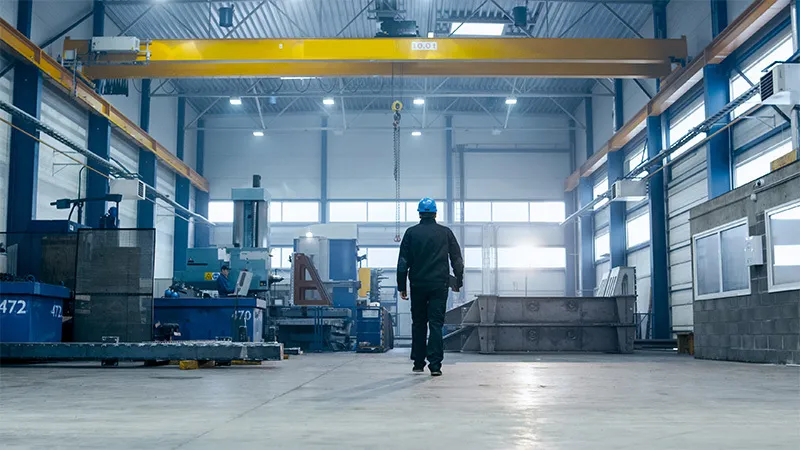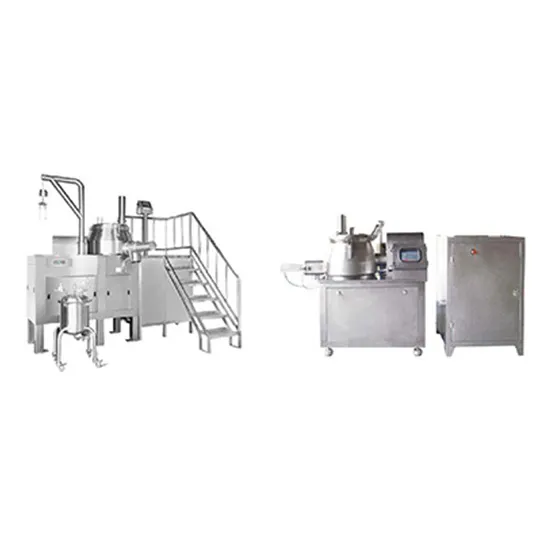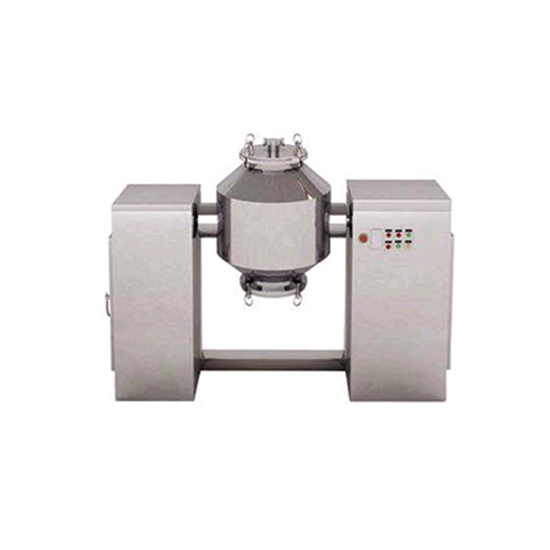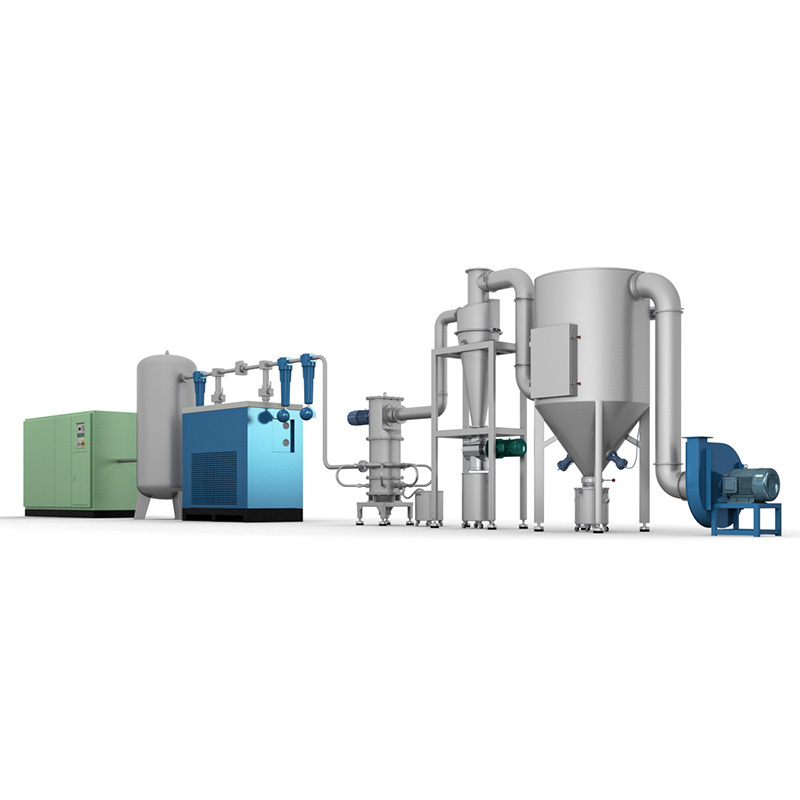NEWS
10 Tips for Choosing the Right Grinder Mixer Machine
Oct 02,2023
Table of Contents:
1. Understanding the Basics of Grinder Mixer Machines
2. Determining Your Specific Requirements
3. Analyzing the Types of Grinder Mixer Machines
4. Considering the Capacity and Power
5. Evaluating the Material Handling and Mixing Capabilities
6. Examining the Durability and Construction
7. Assessing the Safety Features
8. Comparing the Maintenance and Cleaning Requirements
9. Reviewing User-Friendly Features and Controls
10. Checking for Warranty and After-Sales Support
Before diving into the tips, it's essential to have a good understanding of what grinder mixer machines are. These machines are specifically designed to grind and mix various materials, such as grains, hay, or other feed ingredients, to create a well-balanced and nutritious mixture. The resulting mixture can then be used for animal feed or other agricultural purposes.
To choose the right grinder mixer machine, you need to identify your specific requirements. Consider factors such as the volume of materials you will be processing, the desired output quality, and the types of materials you will be working with. This will help you determine the appropriate size, capacity, and power requirements for your machine.
There are different types of grinder mixer machines available in the market, each catering to specific needs. Some common types include vertical mixers, horizontal mixers, and stationary mixers. Vertical mixers are suitable for small-scale operations, while horizontal mixers are ideal for larger volumes. Stationary mixers are designed for stationary use, while portable mixers offer mobility. Analyze the pros and cons of each type to determine which one suits your needs best.
When choosing a grinder mixer machine, consider its capacity and power. The capacity refers to the volume of materials the machine can process in a given time. Ensure that the machine can handle your desired workload without sacrificing efficiency. Power is another crucial factor as it determines the machine's ability to grind and mix the materials effectively. Opt for a machine with sufficient power to meet your processing requirements.
The material handling and mixing capabilities of a grinder mixer machine play a significant role in its overall performance. Consider the machine's ability to handle different types of materials, including their size, texture, and moisture content. Additionally, evaluate the mixing efficiency to ensure a homogeneous mixture. Look for features like multiple augers or paddles and adjustable mixing speeds for better control.
Durability is a crucial factor when investing in a grinder mixer machine. Check the construction quality of the machine, including the materials used and the overall build. Opt for machines made from robust and corrosion-resistant materials to ensure long-term reliability. Additionally, consider features such as reinforced frames and heavy-duty components that can withstand continuous usage and harsh working conditions.
Safety should always be a top priority when operating any machinery. When choosing a grinder mixer machine, look for safety features that minimize the risk of accidents or injuries. Features like safety guards, emergency stop buttons, and overload protection can help create a safer working environment. Make sure the machine adheres to industry safety standards and regulations.
Maintenance and cleaning are essential aspects of keeping your grinder mixer machine in optimal condition. Consider the maintenance requirements of the machine, including regular servicing, lubrication, and parts replacement. Additionally, assess the cleaning process and ensure it is user-friendly and efficient. Choose a machine that is easy to maintain and clean to minimize downtime and maximize productivity.
A user-friendly grinder mixer machine can significantly enhance your overall experience. Look for features such as easy-to-use controls, intuitive interfaces, and clear display panels. These features will simplify the operation and allow you to adjust settings based on your preferences. Additionally, consider features like remote control options or automated functions for added convenience.
Lastly, don't forget to check the warranty and after-sales support offered by the manufacturer. A reliable warranty ensures that you are protected against any manufacturing defects or malfunctions. Additionally, opt for a manufacturer that provides excellent after-sales support, including technical assistance, spare parts availability, and prompt customer service.
Choosing the right grinder mixer machine requires careful consideration of various factors. By following these 10 tips, you can make an informed decision and select a machine that meets your specific requirements. Remember to analyze the different types of machines, evaluate their capacity and power, assess material handling and mixing capabilities, and consider factors like durability, safety features, maintenance requirements, user-friendliness, and after-sales support. With the right grinder mixer machine, you can enhance your processing efficiency and achieve superior results.
1. Understanding the Basics of Grinder Mixer Machines
2. Determining Your Specific Requirements
3. Analyzing the Types of Grinder Mixer Machines
4. Considering the Capacity and Power
5. Evaluating the Material Handling and Mixing Capabilities
6. Examining the Durability and Construction
7. Assessing the Safety Features
8. Comparing the Maintenance and Cleaning Requirements
9. Reviewing User-Friendly Features and Controls
10. Checking for Warranty and After-Sales Support
1. Understanding the Basics of Grinder Mixer Machines
Before diving into the tips, it's essential to have a good understanding of what grinder mixer machines are. These machines are specifically designed to grind and mix various materials, such as grains, hay, or other feed ingredients, to create a well-balanced and nutritious mixture. The resulting mixture can then be used for animal feed or other agricultural purposes.
2. Determining Your Specific Requirements
To choose the right grinder mixer machine, you need to identify your specific requirements. Consider factors such as the volume of materials you will be processing, the desired output quality, and the types of materials you will be working with. This will help you determine the appropriate size, capacity, and power requirements for your machine.
3. Analyzing the Types of Grinder Mixer Machines
There are different types of grinder mixer machines available in the market, each catering to specific needs. Some common types include vertical mixers, horizontal mixers, and stationary mixers. Vertical mixers are suitable for small-scale operations, while horizontal mixers are ideal for larger volumes. Stationary mixers are designed for stationary use, while portable mixers offer mobility. Analyze the pros and cons of each type to determine which one suits your needs best.
4. Considering the Capacity and Power
When choosing a grinder mixer machine, consider its capacity and power. The capacity refers to the volume of materials the machine can process in a given time. Ensure that the machine can handle your desired workload without sacrificing efficiency. Power is another crucial factor as it determines the machine's ability to grind and mix the materials effectively. Opt for a machine with sufficient power to meet your processing requirements.
5. Evaluating the Material Handling and Mixing Capabilities
The material handling and mixing capabilities of a grinder mixer machine play a significant role in its overall performance. Consider the machine's ability to handle different types of materials, including their size, texture, and moisture content. Additionally, evaluate the mixing efficiency to ensure a homogeneous mixture. Look for features like multiple augers or paddles and adjustable mixing speeds for better control.
6. Examining the Durability and Construction
Durability is a crucial factor when investing in a grinder mixer machine. Check the construction quality of the machine, including the materials used and the overall build. Opt for machines made from robust and corrosion-resistant materials to ensure long-term reliability. Additionally, consider features such as reinforced frames and heavy-duty components that can withstand continuous usage and harsh working conditions.
7. Assessing the Safety Features
Safety should always be a top priority when operating any machinery. When choosing a grinder mixer machine, look for safety features that minimize the risk of accidents or injuries. Features like safety guards, emergency stop buttons, and overload protection can help create a safer working environment. Make sure the machine adheres to industry safety standards and regulations.
8. Comparing the Maintenance and Cleaning Requirements
Maintenance and cleaning are essential aspects of keeping your grinder mixer machine in optimal condition. Consider the maintenance requirements of the machine, including regular servicing, lubrication, and parts replacement. Additionally, assess the cleaning process and ensure it is user-friendly and efficient. Choose a machine that is easy to maintain and clean to minimize downtime and maximize productivity.
9. Reviewing User-Friendly Features and Controls
A user-friendly grinder mixer machine can significantly enhance your overall experience. Look for features such as easy-to-use controls, intuitive interfaces, and clear display panels. These features will simplify the operation and allow you to adjust settings based on your preferences. Additionally, consider features like remote control options or automated functions for added convenience.
10. Checking for Warranty and After-Sales Support
Lastly, don't forget to check the warranty and after-sales support offered by the manufacturer. A reliable warranty ensures that you are protected against any manufacturing defects or malfunctions. Additionally, opt for a manufacturer that provides excellent after-sales support, including technical assistance, spare parts availability, and prompt customer service.
Conclusion
Choosing the right grinder mixer machine requires careful consideration of various factors. By following these 10 tips, you can make an informed decision and select a machine that meets your specific requirements. Remember to analyze the different types of machines, evaluate their capacity and power, assess material handling and mixing capabilities, and consider factors like durability, safety features, maintenance requirements, user-friendliness, and after-sales support. With the right grinder mixer machine, you can enhance your processing efficiency and achieve superior results.
More News










